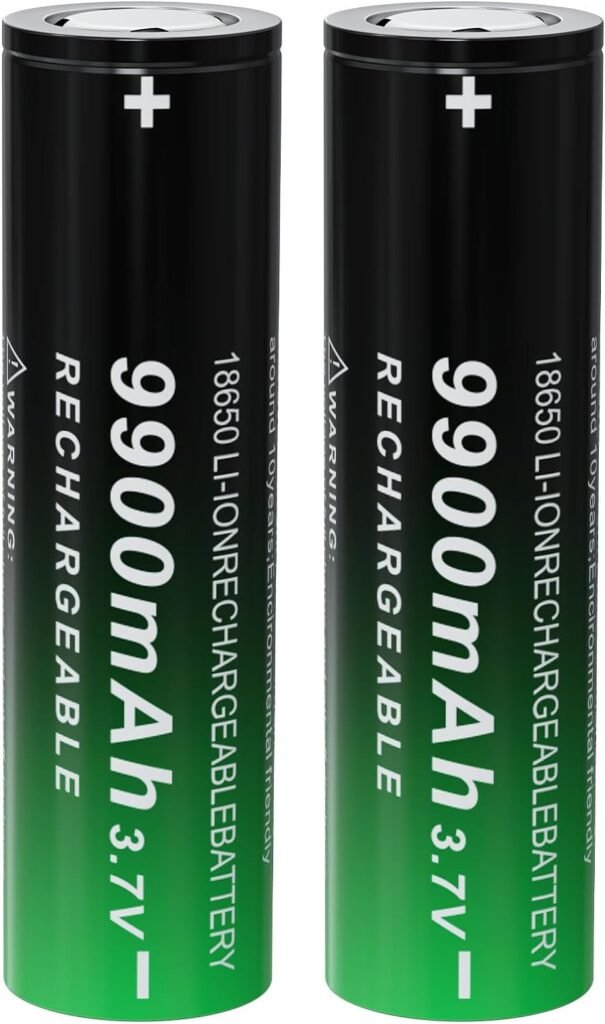
You know nowadays we usually don`t check what our lanterns comes with we just buy which product others would recommend us to use, not checking the most basic factors, Yes this lanterns comes with solar panels attach to it ,but they also need battery as much as they need those panels. Then what comes to mind is what kind of battery do they need?
That why I wrote this article, Solar lantern battery comparison to gulde you though the simple steps you could take to choose a solar lantern battery of your needs.
What’s the Best Solar Lantern Battery Comparison?
When it comes to solar-powered lanterns, the battery is the unsung hero. That what keeps your surrounding bright long after the sun has dipped below the horizon. But here’s the thing – not all batteries are created equal. The type of battery in your solar lantern can affect everything from its weight and runtime to its environmental impact and price tag.
Let’s break down the main contenders in our solar lantern battery comparison:
- Lithium-Ion
- Nickel-Metal Hydride (NiMH)
- Lead-Acid
- Lithium Iron Phosphate (LiFePO4)
Each of these battery types has its own set of pros and cons, and we’ll explore them all. But first, let’s take a quick look at how they stack up against each other:
| Battery Type | Weight | Lifespan | Eco-Friendliness | Cost | Performance |
|---|---|---|---|---|---|
| Lithium-Ion | Light | Good | Moderate | High | Excellent |
| NiMH | Medium | Very Good | Good | Medium | Good |
| Lead-Acid | Heavy | Fair | Poor | Low | Fair |
| LiFePO4 | Medium | Excellent | Good | High | Excellent |
Now that we’ve got a bird’s eye view, let’s dive into the details of each battery type.
Lithium-Ion: The Lightweight Champ

When it comes to portable solar lights, lithium-ion batteries are often the go-to choice. And for good reason!
Why You Might Love Li-Ion:
- They’re incredibly lightweight, making them perfect for backpacking trips.
- These batteries pack a punch, offering high energy density for longer runtimes.
- They charge up quickly, so you’ll spend less time waiting and more time exploring.
The Downsides:
- They can be on the pricier side.
- Extreme temperatures (hot or cold) can affect their performance.
- While recyclable, they do require special handling for disposal.
Pro Tip: If you’re hitting the trails and every ounce counts, a lithium-ion-powered solar lantern might be your best bet!
Nickel-Metal Hydride (NiMH): The Reliable Workhorse

NiMH batteries have been around for a while, and they’re still holding their own in the world of solar lanterns.
Why NiMH Might Be Your Match:
- They’re more affordable than lithium-ion batteries.
- These batteries have a long cycle life, meaning they can be recharged many times.
- They perform well in a wide range of temperatures.
The Not-So-Great Parts:
- They’re heavier than lithium-ion batteries.
- They have a higher self-discharge rate, meaning they lose charge faster when not in use.
- Charging can take longer compared to lithium-ion.
Insider Tip: If you’re planning a long camping trip and want a battery that can handle multiple charge cycles without breaking the bank, NiMH could be your best friend.
Lead-Acid: The Budget-Friendly Option
Don’t count out lead-acid batteries just yet! While they might seem old-school, they still have a place in the solar lantern world.
The Bright Side of Lead-Acid:
- They’re the most affordable option out there.
- These batteries can handle deep discharges better than some other types.
- They’re widely available and easy to replace.
The Dark Side:
- They’re heavy – not ideal for portable lighting.
- Their lifespan is shorter compared to other battery types.
- They’re not the most environmentally friendly option.
Real Talk: If you’re setting up a semi-permanent camp or need a budget-friendly option for occasional use, lead-acid batteries could be a practical choice.
LiFePO4: The Long-Lasting Performer
Last but definitely not least, we have the rising star of the battery world – Lithium Iron Phosphate (LiFePO4).
Why LiFePO4 Might Light Up Your Life:
- These batteries have an incredibly long lifespan.
- They’re safer and more stable than traditional lithium-ion batteries.
- They perform well in high temperatures.
The Drawbacks:
- They’re more expensive upfront.
- They have a lower energy density, meaning they might be slightly heavier for the same capacity.
- Cold temperatures can affect their performance.
Expert Insight: If you’re looking for a long-term investment and don’t mind the higher upfront cost, LiFePO4 batteries could save you money (and headaches) in the long run.
Making Sense of the Numbers: Battery Capacity and Runtime
Now that we’ve covered the different types, let’s talk about how to understand what those numbers on the box actually mean.
mAh vs. Wh: Decoding Battery Specs
- mAh (milliamp hours) tells you how much current a battery can supply over time.
- Wh (watt-hours) gives you a more accurate picture of the total energy stored.
Here’s a quick formula to remember:
Runtime = Battery Capacity (Wh) / Lantern Power Consumption (W)For example, if your solar lantern has a 10Wh battery and uses 1W of power on its lowest setting, you could expect about 10 hours of runtime.
Charging Up: Harnessing the Sun’s Power
What good is a solar lantern if it takes forever to charge? Let’s look at some factors that affect charging speed and efficiency:
- Solar Panel Size: Bigger isn’t always better, but it can mean faster charging.
- Battery Type: Some batteries charge faster than others (looking at you, lithium-ion!).
- Weather Conditions: Cloudy days can slow things down, but don’t worry – most solar lanterns can still charge on overcast days.
Pro Tip: To maximize your solar charging efficiency, try to position your lantern or solar panel perpendicular to the sun’s rays.
Going Green: Environmental Considerations
We love the great outdoors, so it’s only natural to think about how our gear impacts the environment.
Eco-Friendly Options:
- NiMH and LiFePO4 batteries are generally considered more environmentally friendly.
- Look for solar lanterns with replaceable batteries to reduce electronic waste.
- Check if the manufacturer offers a recycling program for their products.
Remember: Proper disposal of batteries is crucial. Many electronics stores offer battery recycling services – use them!
Finding Your Perfect Match: Price vs. Performance
At the end of the day, choosing the right solar lantern battery comes down to balancing your needs with your budget. Here are some final thoughts to consider:
- If you’re an occasional camper, a budget-friendly option with NiMH or even lead-acid batteries might suffice.
- For frequent adventurers, investing in a high-quality lithium-ion or LiFePO4-powered lantern could pay off in the long run.
- Consider the total cost of ownership, including potential battery replacements over time.
Frequently Asked Questions
- Q: How long do solar lantern batteries typically last?
A: It varies by type, but you can expect anywhere from 500 to 2000 charge cycles for most rechargeable batteries. - Q: Can I replace the battery in my solar lantern?
A: It depends on the model. Some lanterns are designed with replaceable batteries, while others are sealed units. - Q: Do solar lanterns work on cloudy days?
A: Yes, but charging may be slower. Most solar lanterns can also be charged via USB as a backup. - Q: How can I extend the life of my solar lantern battery?
A: Avoid extreme temperatures, store it partially charged when not in use, and try not to completely drain the battery regularly. - Q: Are there any safety concerns with solar lantern batteries?
A: Generally, they’re very safe. However, avoid exposing them to extreme heat or puncturing the battery, and always follow the manufacturer’s guidelines.
Conculsion
There you have it, Your comprehensive guide to solar lantern batteries comparison. Whether illuminating a backyard BBQ or lighting up a remote campsite, understanding your battery options can help you make the best choice for your outdoor adventures.
Remember, the best solar lantern is the one that meets your specific needs and keeps shining when you need it most. So, which battery will power your next nighttime expedition? The choice is yours – now go out there and light up the night!



